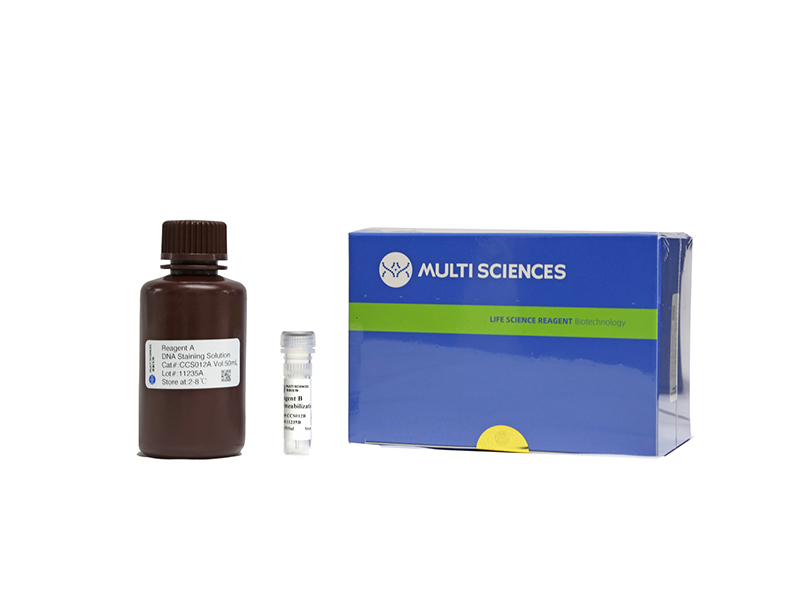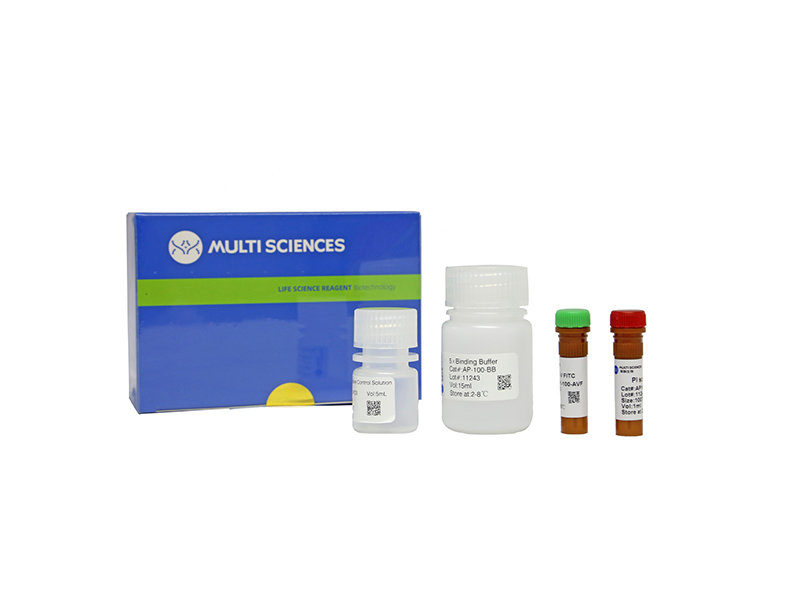The in vivo proliferation and viability of transfused engineered T cells markedly limits the long-term effect of adoptive cell therapy on tumors. The therapeutic efficacy and proliferative potential of T cells are reported to be dependent on the differentiation status of T cells. The T cells at the early stage of progressive differentiation have a long lifespan, strong proliferative potential, and the ability to reconstruct intact T cell subsets. Thus, they are more suitable for adoptive immunotherapy. Previously, it was difficult to obtain a sufficient number of early differentiated T cells by inhibiting the progressive differentiation of T cells or by two-step programming. A more effective strategy is to directly reprogram and dedifferentiate the easily available terminal effector T (TEFF) cells, which are generated in large numbers, into early T cells. This study attempted to overexpress eight (candidate) early differentiation-specific transcription factors (TFs) (LEF1, KLF7, ID3, EOMES, BCL6, TCF7, FOXP1, and FOXO1) in the TEFF cells, which were activated by in vitro stimulation, to promote dedifferentiation into early T cells. In the mature TEFF cells simultaneously overexpressing these specific TFs, the expression pattern of T cell differentiation markers (CCR7 and CD45RO) exhibited a tendency to change to the pattern observed during early differentiation. The transcriptome analysis revealed that the function of differentially expressed genes was mainly concentrated in the cell cycle, growth and development, and effector function. Moreover, many genes related to early differentiated T cells (such as BCL2 and PIM1) were significantly upregulated, while those related to the effector function of TEFF cells were significantly downregulated (such as GZMB, PRF1, and GNLY). Additionally, the TEFF cells overexpressing characteristic TFs exhibited enhanced anti-apoptotic capabilities and decreased secretion of cytokines (IFN-γ and TNF-α). Based on these results, we believe that the TEFF cells were reprogrammed into a less differentiated state after overexpression of the eight specific TFs.
文章引用产品列表
-
- CCS012 1190 Citations
- 周期试剂盒
Cell Cycle Staining Kit 细胞周期检测试剂盒
- ¥390.00
-
- AT105 187 Citations
- 凋亡试剂盒
Annexin V-APC/7-AAD Apoptosis Kit(细胞凋亡试剂盒 - 贴壁细胞专用)
- ¥1,010.00 – ¥2,090.00
-
- AP105 324 Citations
- 凋亡试剂盒
Annexin V-APC/7-AAD Apoptosis Kit 细胞凋亡试剂盒
- ¥780.00 – ¥1,860.00
-
- EK182HS 294 Citations
- 高敏试剂盒
Human TNF-α High Sensitivity ELISA Kit检测试剂盒(酶联免疫吸附法)
- ¥2,000.00 – ¥3,400.00
-
- EK182 340 Citations
- ELISA试剂盒
Human TNF-a ELISA Kit检测试剂盒(酶联免疫吸附法)
- ¥1,600.00 – ¥10,800.00
-
- EK180 169 Citations
- ELISA试剂盒
Human IFN-gamma ELISA Kit检测试剂盒(酶联免疫吸附法)
- ¥1,600.00 – ¥10,800.00
-
- EK180HS 130 Citations
- 高敏试剂盒
Human IFN-γ High Sensitivity ELISA Kit检测试剂盒(酶联免疫吸附法)
- ¥2,000.00 – ¥3,400.00







